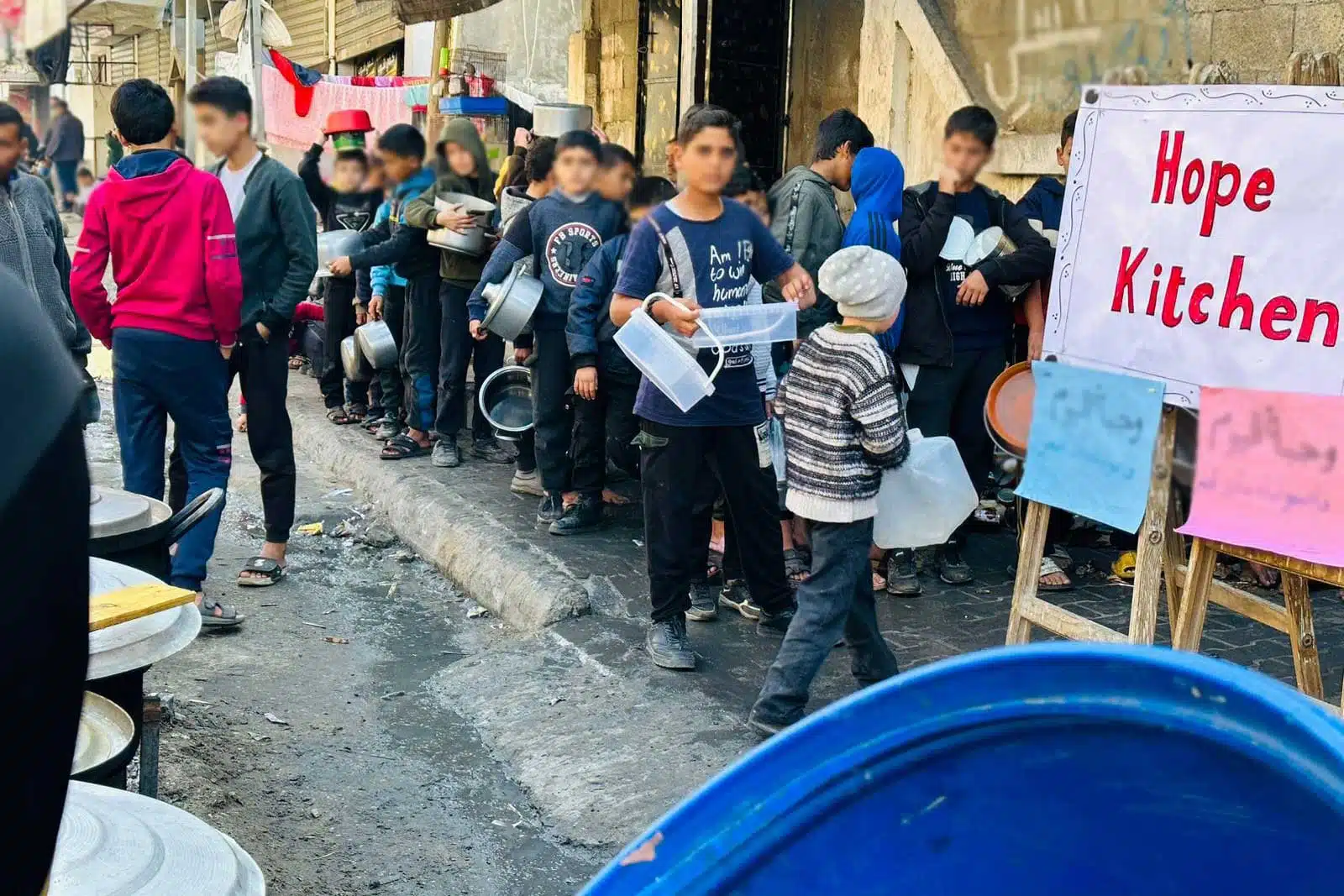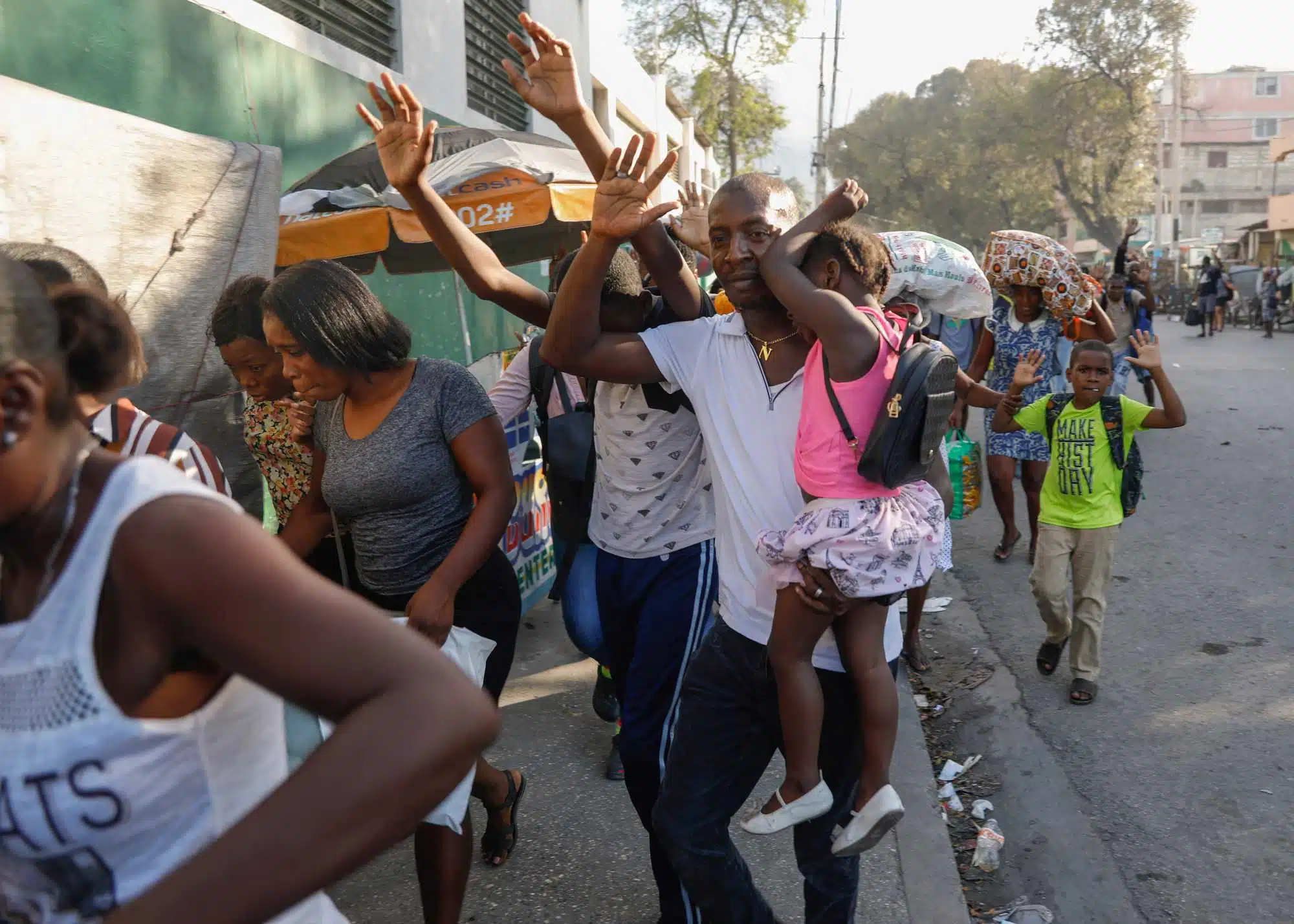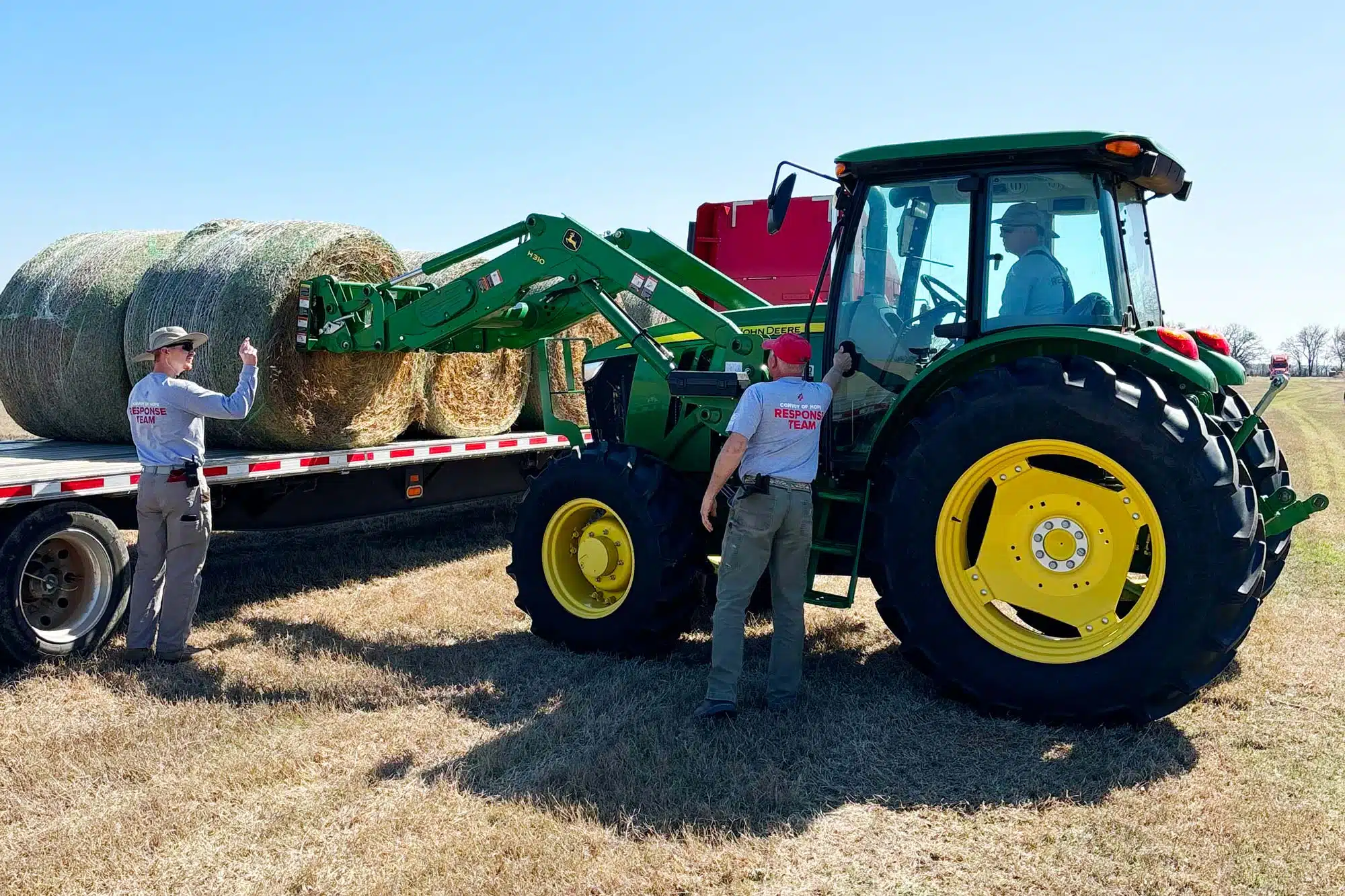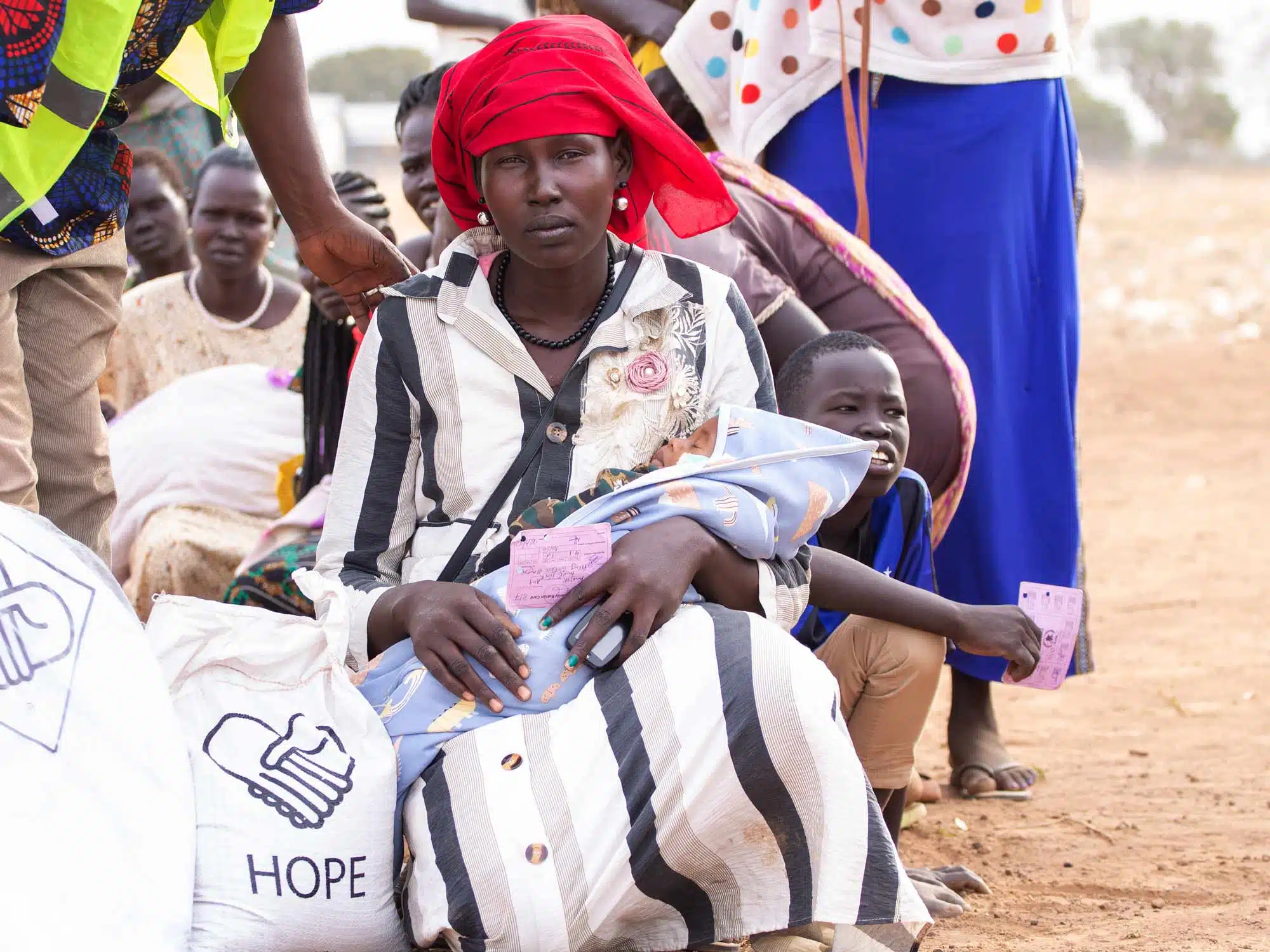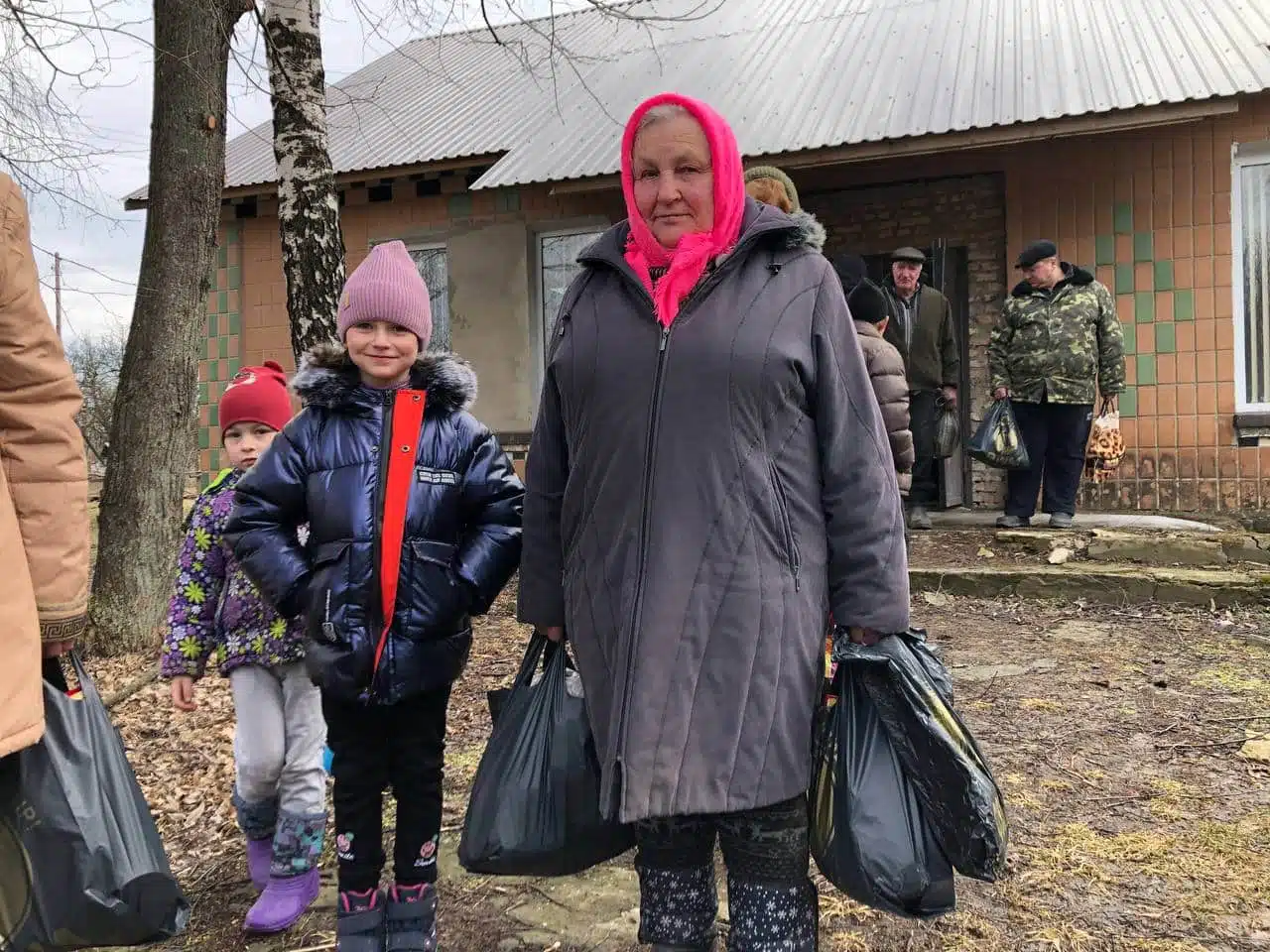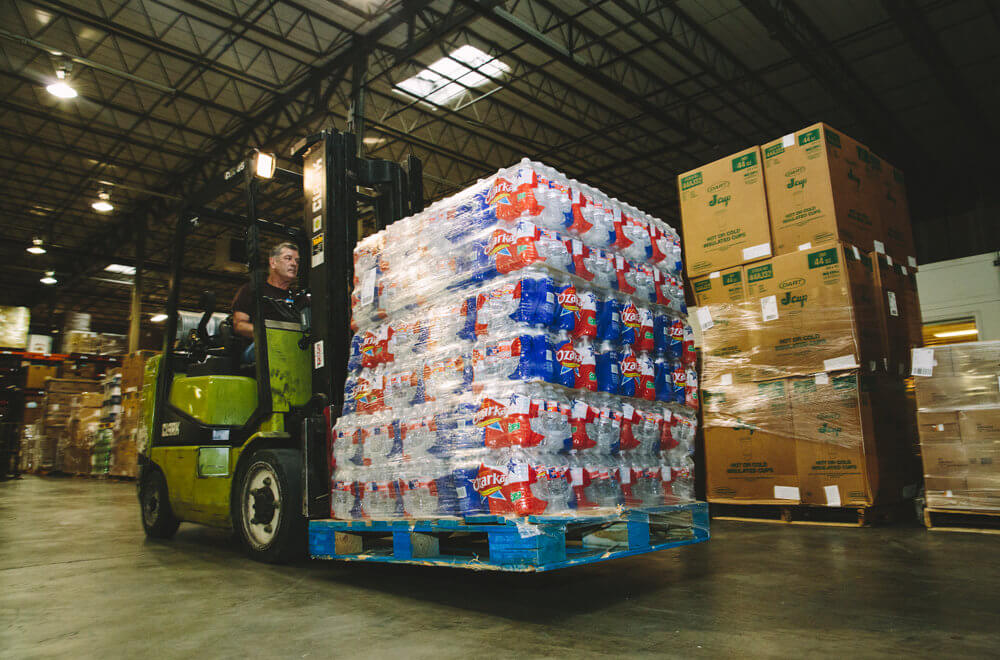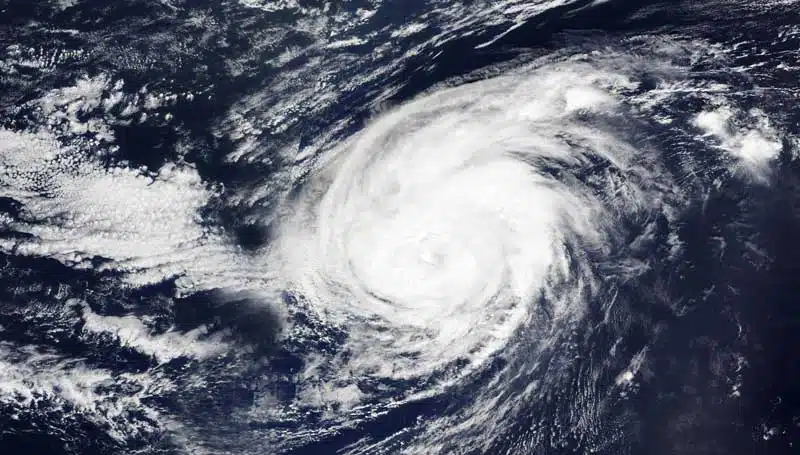Because the World Meteorological Organization periodically retires names from its lists of tropical cyclones (when a storm is unusually destructive), newer names connect with fewer storms. The name “Franklin” replaced “Floyd” after 1999.
Since then, it has been used for three tropical cyclones, one of which became a hurricane in 2017, a season that spawned 10 consecutive hurricanes with the costliest damage total on record ($295 billion).
On August 20, the National Hurricane Center announced Tropical Storm Franklin, the sixth tropical storm projected for 2023. On August 26, Franklin achieved hurricane status, becoming the second hurricane of the 2023 Atlantic hurricane season.
Franklin’s status as a hurricane or a tropical storm directly connected to its wind speed. All named storms are a form of tropical cyclone.
Tropical Cyclone: a rotating, organized system of clouds and thunderstorms originating over tropical or subtropical waters and showing closed low-level circulation.
Early on, as a tropical depression, the cyclone has sustained wind speeds of less than 39 mph. At this speed, it is not named but is tracked to determine if it is growing into a tropical storm or hurricane. Franklin’s classification as a tropical storm and the release of its name happened when its sustained wind speed reached 39 mph.
When that speed reached 74 mph, Franklin was declared a hurricane.
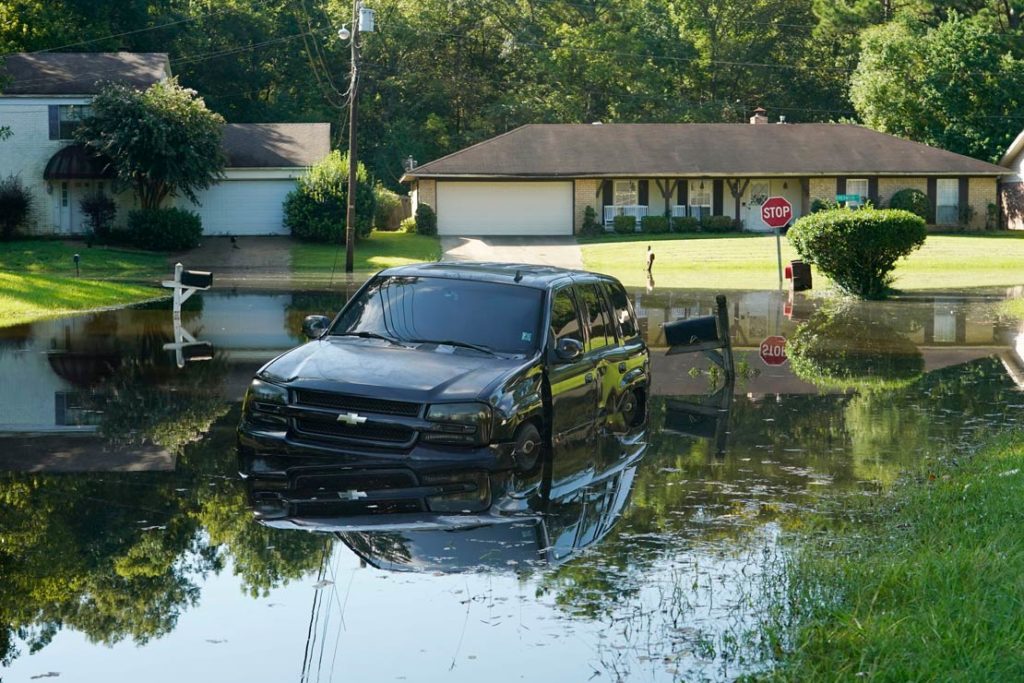
Even if it never achieves hurricane status, a storm can pose a threat to lives and property, and all tropical storm warnings should be heeded.
When Was Hurricane Franklin?
If you’ve seen weather reports about Tropical Storm Franklin or Hurricane Franklin, perhaps you’ve asked yourself, “When did Hurricane Franklin hit?” or “What year was Hurricane Franklin?”
In 2017, Hurricane Franklin was the sixth named tropical storm and the first of 10 consecutive hurricanes. Although Franklin crested as a Category 1 storm, six in that group would further strengthen into major hurricanes.
In 2023, Hurricane Franklin carries the distinction of being the second hurricane of the season and the first major hurricane.
Where Did Hurricane Franklin Hit?
After moving through the Bay of Campeche in 2017, Hurricane Franklin made landfall in the Mexican state of Veracruz. It had crossed Mexico’s Yucatan Peninsula as a tropical storm and strengthened over the Gulf of Mexico before landfall.
On August 28, 2023’s Hurricane Franklin was located in the Bermuda Triangle well north of Puerto Rico and was expected to remain well off the U.S. East Coast as it moved through the Atlantic.
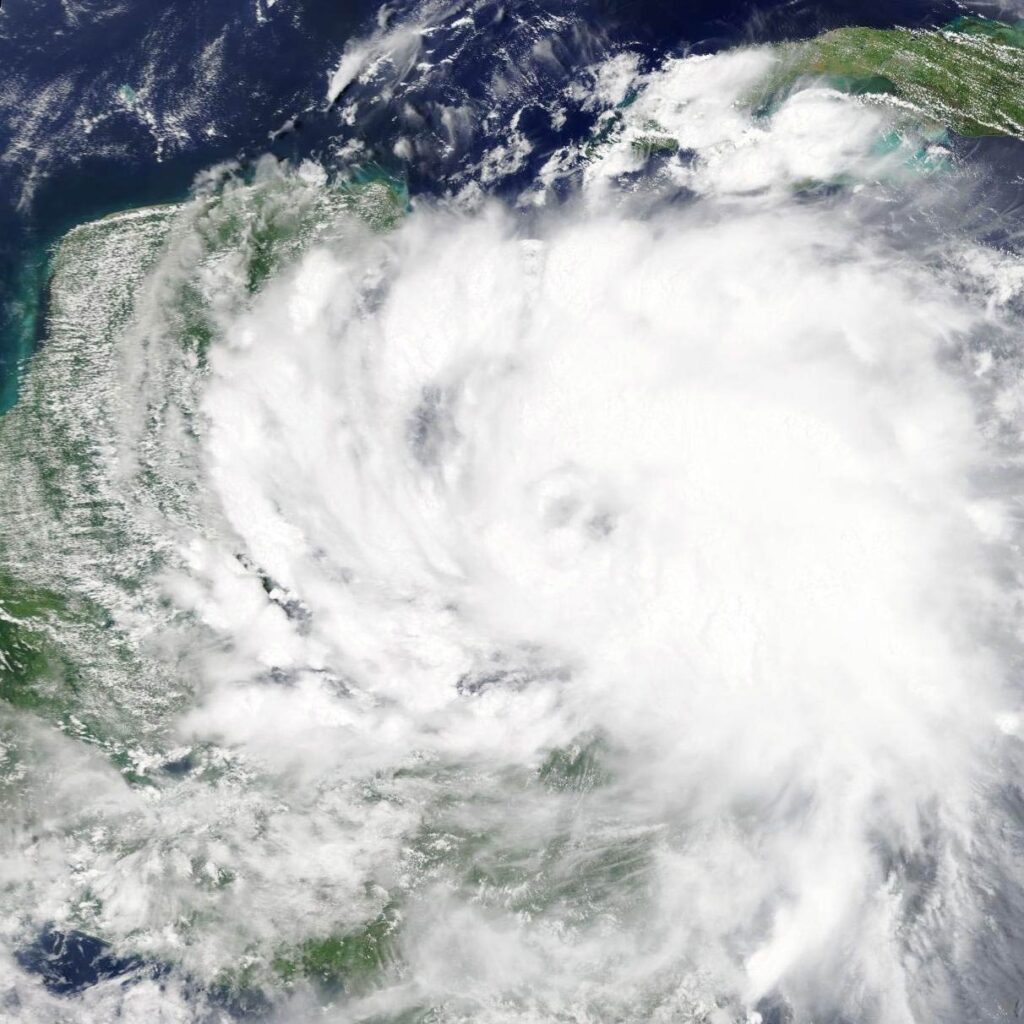
What Category Was Hurricane Franklin?
Hurricane Franklin in 2017 was a short-lived Category 1 storm. In 2023, Hurricane Franklin grew to Category 4 with sustained winds of 130 mph.
What Time Will Hurricane Franklin Make Landfall?
There is no correlation between similarly named hurricanes in history.
Asking, “What time did Hurricane Franklin make landfall?” during previous storms won’t help you prepare for a current storm.
And preparation is critically important.
With any current storm projected to reach your region, you should be aware of the predicted landfall. Don’t make the mistake of waiting until the last minute to reach a safe area. This article will be updated as more details about 2023’s Franklin become available.
How Many People Died in Hurricane Franklin?
Looking at storms of the past, you might naturally ask, “Did anyone die in Hurricane Franklin?”
Even a weak hurricane can cause loss of life due to environmental damage. Fortunately, Hurricane Franklin caused no loss of life in 2017. Communities in areas impacted by Franklin in Mexico had taken evacuation and shelter measures, and the storm caused little damage.
What Was the Path of Hurricane Franklin?
Hurricane Franklin’s path in 2017 was relatively short. Many hurricanes’ earliest evidence is a tropical depression off the coast of West Africa that can grow over weeks as it crosses the Atlantic.
In the case of Franklin, a tropical wave in the Caribbean grew into a tropical storm and Category 1 hurricane as it quickly passed over portions of Mexico and dissipated in Mexico’s mountains, all in just a week.

Convoy of Hope & Hurricanes
Convoy of Hope responded to its first disaster in 1998 — flooding in Del Rio, Texas, after Tropical Storm Charley. Because hurricane response continues to be an annual priority for Convoy, any news of Franklin will be closely monitored.
Convoy’s Disaster Services team closely follows any updates about a named hurricane. Well before a predicted landfall, team members begin organizing a response at Convoy’s World Distribution Center. Semi-trucks and other response vehicles head to the affected area with plans to set up one or more distribution points once the danger has passed.
Onsite, Convoy team members and local volunteers prepare one or more distribution points, offloading and strategically positioning pallets of supplies.
On a distribution day, lines of cars form to receive:
- • Groceries
- • Bottled water
- • Bags of ice
- • Cleaning supplies
- • Other resources desperately needed following a storm’s impact on a community
Just over a week after Hurricane Ian smashed across central Florida with sustained winds of 155 mph in 2022, Convoy of Hope had served more than 17,000 survivors with the help of nearly 500 volunteers.
Convoy of Hope is a nonprofit, faith-based organization with a driving passion to feed the world through children’s feeding initiatives, community outreach, and disaster response.
